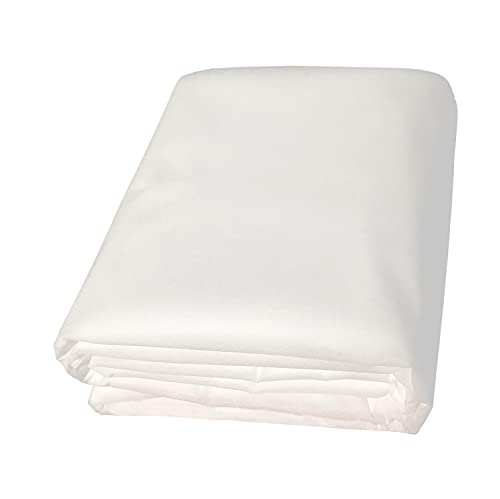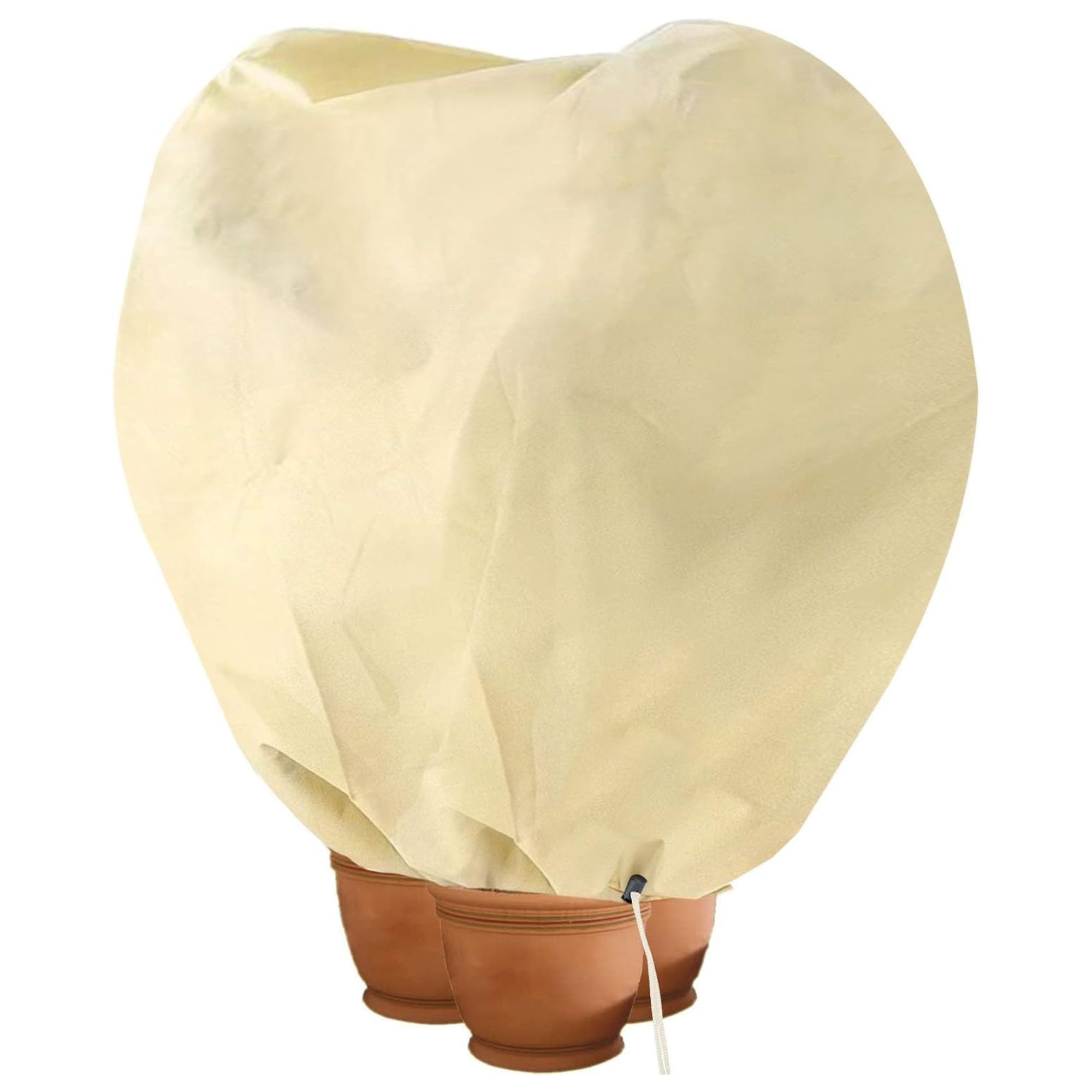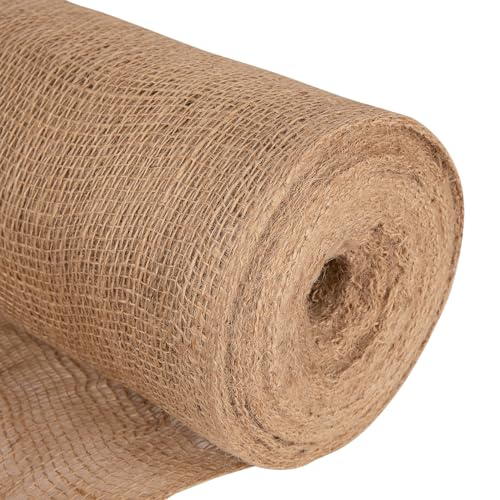Can you protect plants from frost with bubble wrap? It works, but you'll need to use it the right way
It's a popular frost protection method, but how effective is it?
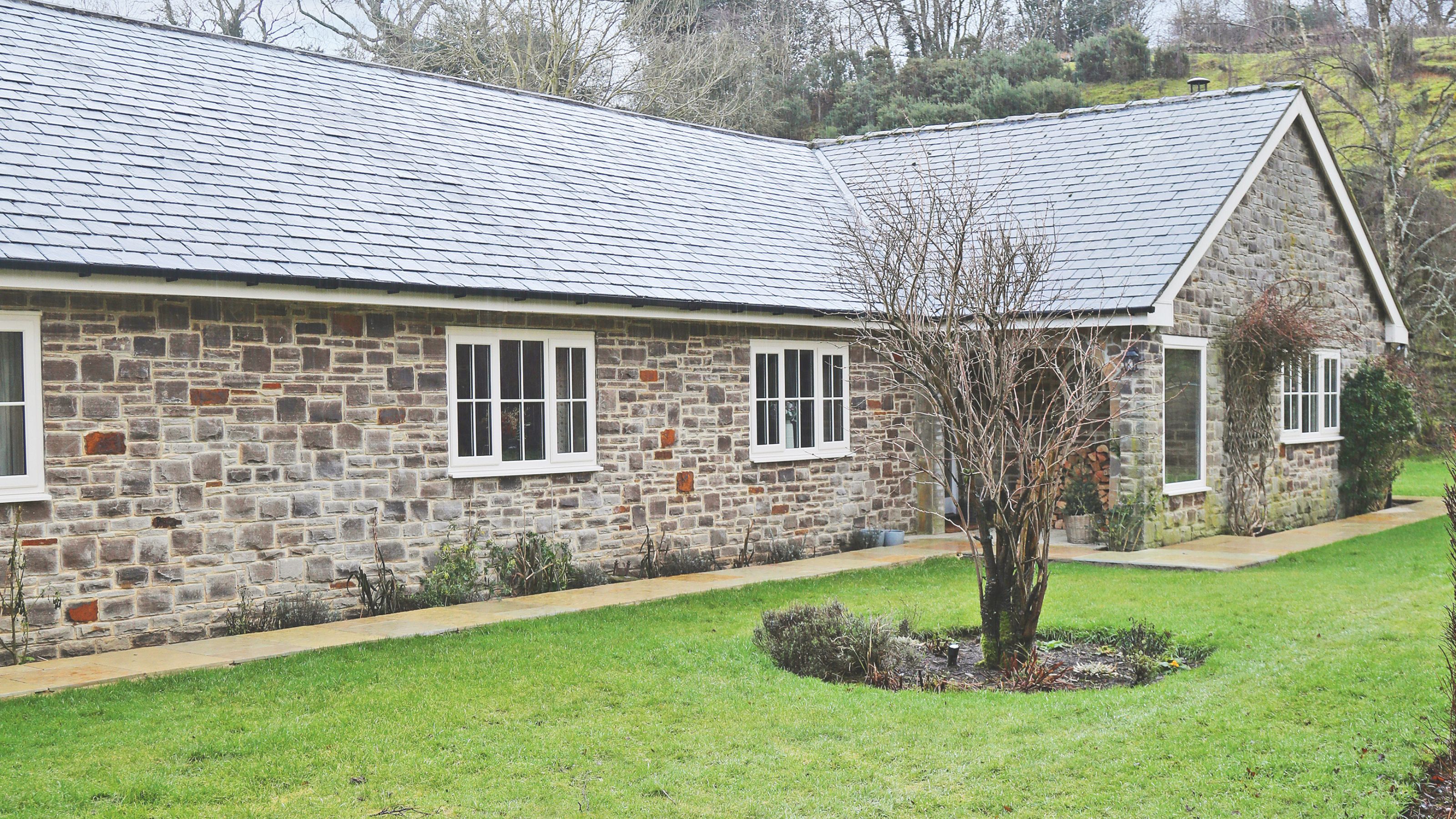

The first frosts are just around the corner, and luckily, there are plenty of ways to protect your plants against the colder days ahead. But can you protect plants from frost with bubble wrap?
If you've been wondering how to protect plants from frost, one of the best plant covers for winter seems like an obvious choice. You might have heard of gardeners using bubble wrap, though, and this makeshift method could save you from spending money on horticultural fleece.
Frost protection is a key step in getting your garden ready for winter, so whichever method you choose, it should be an effective one. If you'd love to know just how effective bubble wrap is at protecting plants from frost, keep reading...
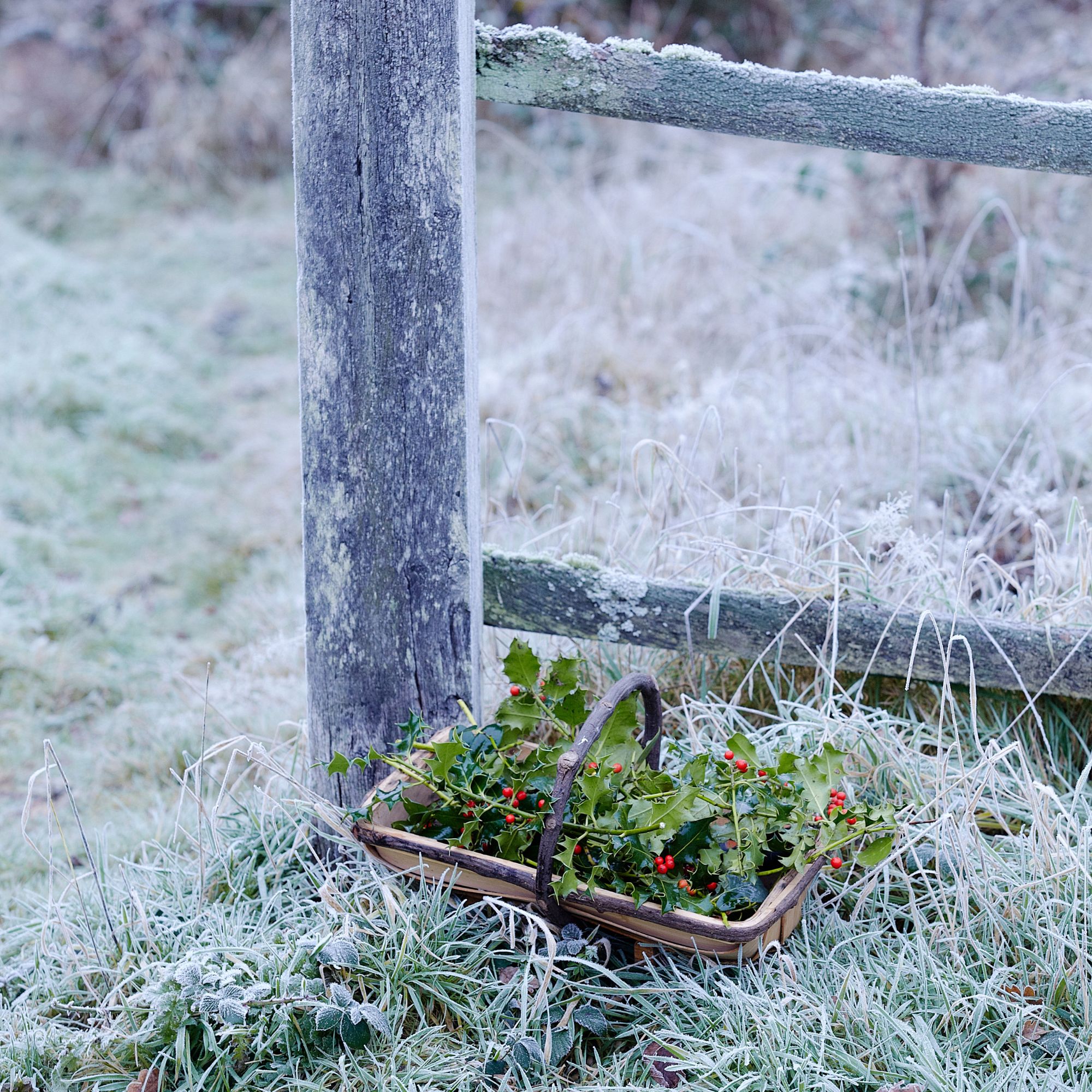
Can you protect plants from frost with bubble wrap?
To start with, let's consider the physics of insulation. We all know that the best kinds of insulation contain layers or pockets which trap an insulating layer of air between the inside (in this case, the plant) and the outside. Think double-glazed windows, for example.
Bubble wrap works in a similar way. The air pockets within the inflated bubbles create that insulating layer which slows down heat transfer between plants and the cold winter air.
'Bubble wrap works well as a cost effective solution, as well as being a great way to make use of any early online Christmas shopping,' says Josh Novell, gardening expert at Polhill Garden Centre.
'It works well because the air pockets in bubble wrap create a layer of insulation that protects your delicate outdoor plants from cold temperatures.'
Sign up to our newsletter for style inspiration, real homes, project and garden advice and shopping know-how
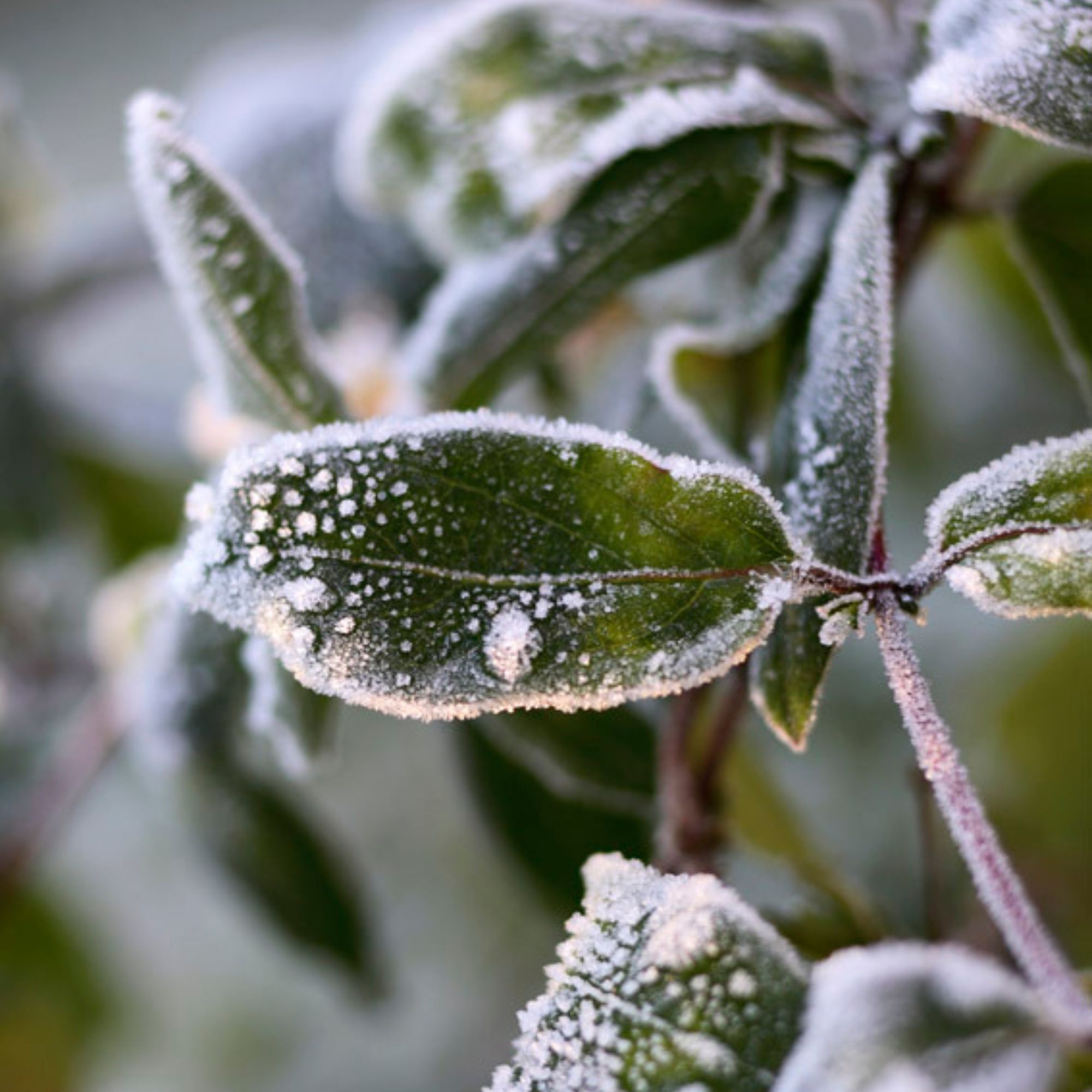
So, can you protect plants from frost with bubble wrap? Yes! Even gardening guru Monty Don recommends wrapping terracotta pots in hessian or bubble wrap to protect them from the frost in his popular gardening blog.
But before you start wrapping your plants in all that spare bubble wrap you have lying around at home, you need to make sure you're using it right.
Bubble wrap works well for potted plants – meaning you should wrap the pots themselves to protect the roots. Bubble wrap should seldom be used to wrap the plant itself, because this can block air circulation, trap moisture and even kill the plant.
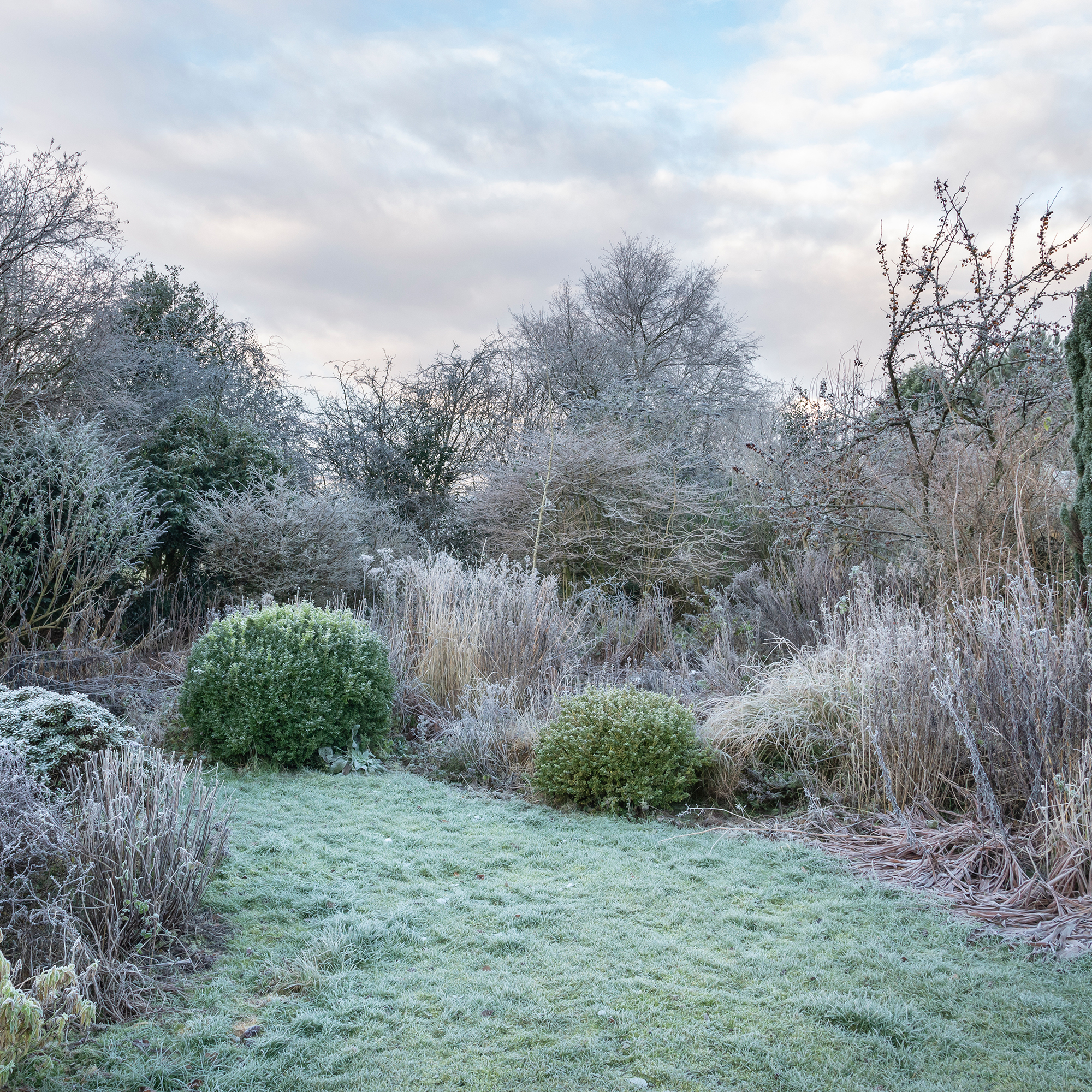
If you do want to protect the foliage and branches of your plants and you're set on using bubble wrap, it should be more of a temporary solution than a permanent measure. For best results, cover the plants in bubble wrap overnight and uncover them during the day to allow air and water to reach the plant.
'Ensure you use twine, tape or string to secure it in place,' says Josh. 'It should be secure enough not to blow away but ideally removable for the occasional warm day to allow the plant to get some fresh air and winter sunlight.'
Of course, bubble wrap will never offer the protection that horticultural fleece provides.
'If you don’t wish to use bubble wrap, then consider a frost blanket,' says Josh. 'These will be made from materials specifically designed to protect plants from cold temperatures and are far more effective than bubble wrap.'
If you'd prefer to stick to traditional frost protection methods, here are some popular picks:
FAQs
Can I use cling film to protect plants from frost?
You're probably wondering which other plastic products you can borrow from your cupboards now. Cling film seems like an obvious choice, given that it can be easily wrapped around pots and plants.
We asked gardening expert Josh for his thoughts.
'Whilst some might recommend it, I would advise gardeners don’t,' he says. 'It doesn’t provide enough insulation to keep plants toasty in the dropping temperatures. Plus, it could trap moisture, and that can lead to frost damage.'
So, while you can use cling film as a short-term solution, it isn't very effective at protecting plants from the frost. It's a lot thinner, lacks air pockets, and certainly won't provide enough frost protection for really cold spells.
Does bubble wrap prevent freezing?
Thanks to its air pockets, bubble wrap is great at preventing pots and plants from freezing in cold weather. However, horticultural fleece is generally a safer choice, keeping plants better protected from frost while allowing airflow thanks to its breathable material.
'Using bubble wrap to insulate plants will prevent them from freezing, especially more delicate areas like their roots,' says Graham Smith MCIHort, gardening expert at LBS Horticulture. 'However, you should not leave the plants themselves wrapped in bubble wrap for prolonged periods to avoid triggering them sprouting too early, and instead consider only using it to protect your plants overnight or for other short periods.'
So, there we have it: you can protect plants from frost with bubble wrap, and it's a great budget garden idea which effectively keeps out the frost.
Horticultural fleece will do a better job, though, so assess how much frost protection your plants need before making a decision.

Sophie joined the Ideal Home team as Gardens Editor in June 2024. After studying English at Royal Holloway, University of London, she began writing for Grow Your Own, which spurred on her love of gardening. She's tried growing almost every vegetable under the sun, and has a soft spot for roses and dinnerplate dahlias.
As Gardens Editor, Sophie's always on the lookout for the latest garden trend. She loves sharing growing hacks for every space, from herbaceous borders to balconies.
